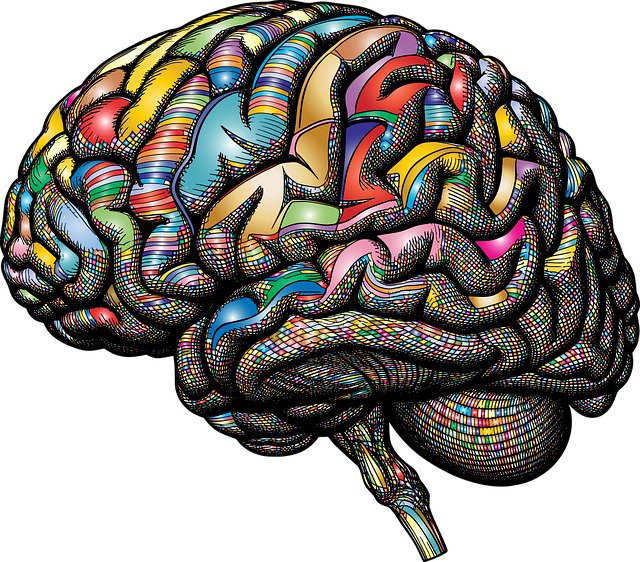Mobile apps, especially Castle Rock Exposure and Response Prevention (ERP) Therapy, offer innovative digital solutions for managing anxiety and related disorders. These apps provide personalized access to therapy tools like meditations and virtual reality simulations, fostering self-management in users' wellness journeys. To ensure effective and reliable therapy sessions, developers must address API challenges through robust error handling, redundant servers, load balancers, and caching strategies, thereby enhancing the overall user experience.
In today’s digital age, mental wellness apps are becoming integral tools for managing anxiety and depression. This article explores the development of such applications, focusing on innovative approaches like Castle Rock Exposure and Response Prevention (ERP) Therapy. We delve into the benefits, challenges, and future prospects of these digital interventions, emphasizing their role in enhancing traditional therapy methods. By examining Castle Rock ERP Therapy specifically, we aim to highlight how app-based solutions can revolutionize mental health care accessibility and effectiveness.

In today’s digital age, there is a growing need for innovative mental wellness solutions, and mobile apps have emerged as powerful tools to address this demand. One therapeutic approach that has gained significant traction is Castle Rock Exposure and Response Prevention (ERP) Therapy. This evidence-based method offers a structured way to help individuals confront and manage anxiety, phobias, and related disorders. By utilizing interactive features within an app, users can gradually expose themselves to feared situations or objects while learning to prevent the usual emotional or behavioral responses.
Apps implementing Castle Rock ERP Therapy provide a personalized and accessible platform for therapy. They often include various tools such as guided meditations, cognitive reframing exercises, and virtual reality simulations, allowing users to practice exposure in a safe and controlled environment. This digital approach not only extends the reach of mental health services but also promotes self-management, empowering individuals to take an active role in their wellness journey.
API responded with status code 504.

In the realm of mental wellness app development, seamless integration with various therapeutic techniques is paramount. One such technique gaining traction is Castle Rock Exposure and Response Prevention (ERP) Therapy, which aims to help users confront and manage anxiety through gradual exposure and prevention of habitual avoidance responses. However, developers face challenges ensuring smooth implementation. API responses, crucial for data exchange between the app and other platforms, can sometimes yield errors, notably the 504 Gateway Timeout status code. This code indicates a delay in receiving a timely response from upstream servers, potentially disrupting the user experience, especially during therapy sessions that rely on real-time data.
Addressing these API-related issues is essential to enhance the effectiveness of mental wellness apps incorporating ERP Therapy. Developers must employ robust error handling mechanisms and consider using redundant servers or load balancers to mitigate timeout errors. Additionally, implementing caching strategies can help reduce latency and ensure consistent performance, thereby fostering a more reliable and responsive therapeutic environment for users seeking support through innovative digital solutions like these.
In the realm of mental wellness app development, integrating innovative therapies like Castle Rock Exposure and Response Prevention (ERP) can significantly enhance digital treatment options. By addressing specific challenges, such as those highlighted by API status code 504, developers can create more effective tools that facilitate therapeutic outcomes. With continued exploration and adaptation, these apps have the potential to revolutionize access to mental health care, offering folks a modern and accessible approach to managing their well-being.










